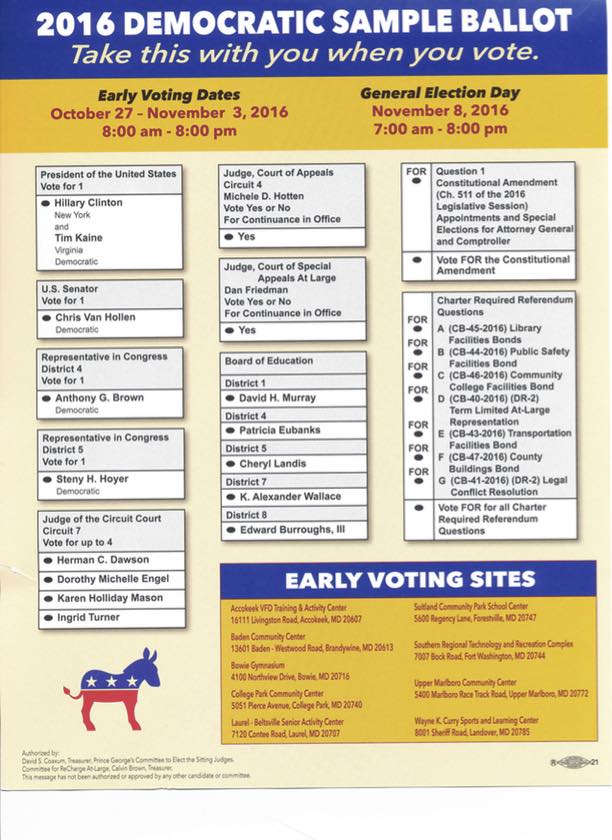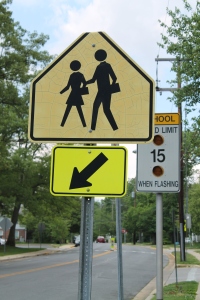Monday’s budget information session was a lively event, with more than 50 attendees and a slew of questions about funding for such areas as maintenance and repairs, Pre-Kindergarten education, Student Based Budgeting, and transportation. In advance of the event, the Office of Budget and Management Services, under the direction of John Pfister, prepared answers to 29 questions that members of the community had submitted.
The questions and their answers are found below (and available in PDF format here). It may be helpful to refer to the proposed Operating Budget for Fiscal Year 2018, found here.
1. Is there any increase or decrease in the amount of funding proposed for home and hospital tutors and/or one-on-one aides?
There has been no request to increase or decrease in the level of funding for home and hospital tutors for FY 2018. To date the funding level is projected to remain the same as FY 2017.
2. Is special education instruction receiving additional funding under the proposed budget?
Yes, there was an increase of $2.6M in Special Education for FY 2018. This increase in funding for Special Education will provide supplemental resources such that budgeted amounts will support anticipated costs based on prior year expenditures.
3. How much is budgeted to pay substitute teachers and how does that compare to prior budgets?
The FY 2018 Proposed Budget contains $16.8 million for substitute teachers as compared to $17.4 million for the FY 2017 Approved Budget and $19.7 million for the FY 2016 Approved Budget.
4. The Budget in Brief Document reflects a decrease in Federal funding in the amount of $6,493,626. Is this the loss of head start funding? Is there funding included in the proposed budget to make up for the lost federal head start funding? What’s the earliest that this funding could be restored from the federal government?
The decrease in Federal revenue of $6,493,626 in the Budget in brief reflects the loss of funding for the Head Start program. There is no funding in the proposed budget to replace the federal Head Start program funds. However, current students in the Head Start program will be absorbed into the district’s existing Pre-K program at a cost of $5.1 million and require additional staffing of 68.0 FTE. If the district were to seek Federal funding for the Head Start program, application for the funds would have to occur by May 1, 2017 and would cover the time period of August 1, 2017- July 31, 2018.
5. Focus Area 1: Academic Excellence includes Diversity Specialist & Supports at a change of $289,568. Does this represent the salary of one person? How much of this is salary, not including benefits?
The Diversity Office increased by 1.0 FTE under the Interpreting and Translation Services. The FY2018 Proposed budget includes a 1.0 FTE for an ELL Family Engagement Specialist at an estimate cost of $ 76,608 plus $ 30,975 in benefits. Interpreting and Translation Services proposed an increase of $ 181,985 to support existing contracts for translation. Language Links and Transact need additional funds due to increased use.
6. Focus Area 2: High-Performing Workforce: What is a Mentor and Peer Assistance & Review (PAR) Teacher? (7 FTE’s, $813,775)
The Mentor and Peer Assistance & Review (PAR) Teacher includes Mentor Teachers to provide coaching, demonstration lessons, shared lesson planning and professional development sessions for teachers with a focus on Framework for Teaching. COMAR regulations (13A.07.01) recommends a maximum ratio of 15:1 (mentees/mentors), and this additional staffing will allow PGCPS to get closer to meeting that recommended ratio. The Peer Assistance and Review (PAR) program uses expert teachers to provide regular, consistent support to struggling new teachers to ensure their future success in the classroom.
7. Communication Specialist (Board of Education), $140,423 – Is this a newly created position?
The Communication Specialist in Board of Education Office is a newly created position proposed for fiscal year 2018.
8. Overtime supporting services $6,000,000. Please describe what this pays for? How does this compare to the amount spent on this expenditure last year?
The FY 2018 Proposed Budget includes $6.0 million to support overtime in the division of Supporting Services to align the budget closer to historical expenditure levels. This brings the total appropriation for all funds for FY 2018 to $9.1 million. These funds are to support overtime for Transportation, Maintenance and Plant Operations. Overtime within these departments has been increasing due to absences, mid-day runs and additional routes. Expenditure for FY 2017 were $12.1 million. Management is researching alternatives to reduce overtime usage in the future.

 We’re nearing the end of 2016 already, and are moving into the second part of the school year. It’s flown by so fast, but we are enjoying — and surviving — kindergarten!
We’re nearing the end of 2016 already, and are moving into the second part of the school year. It’s flown by so fast, but we are enjoying — and surviving — kindergarten!  by Genevieve Demos Kelley
by Genevieve Demos Kelley Make no mistake, parents are having tough conversations about school choices this time of year. It was no different for my family last fall when discussing options for my daughter, who at the time was in 8th grade and beginning her 6th and final year at a parochial school in Bowie. Fast forward to 2016, and we’re a couple of months into her transition to Bowie High School (BHS). I’m writing to share my own thoughts on my daughter’s transition and suggestions for middle school parents and Prince George’s County Public School (PGCPS) officials.
Make no mistake, parents are having tough conversations about school choices this time of year. It was no different for my family last fall when discussing options for my daughter, who at the time was in 8th grade and beginning her 6th and final year at a parochial school in Bowie. Fast forward to 2016, and we’re a couple of months into her transition to Bowie High School (BHS). I’m writing to share my own thoughts on my daughter’s transition and suggestions for middle school parents and Prince George’s County Public School (PGCPS) officials.
 Earlier this month, the Washington Post
Earlier this month, the Washington Post